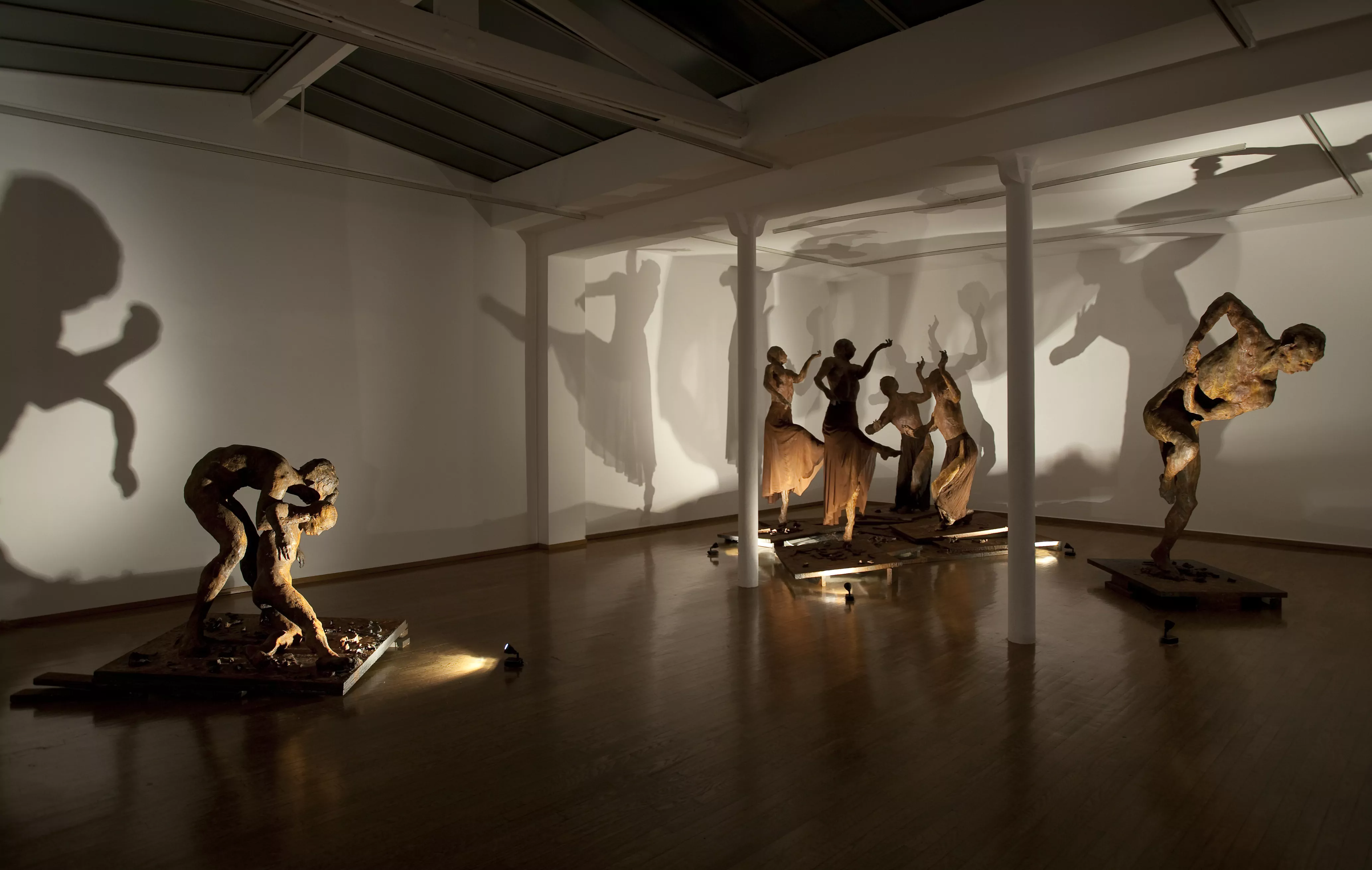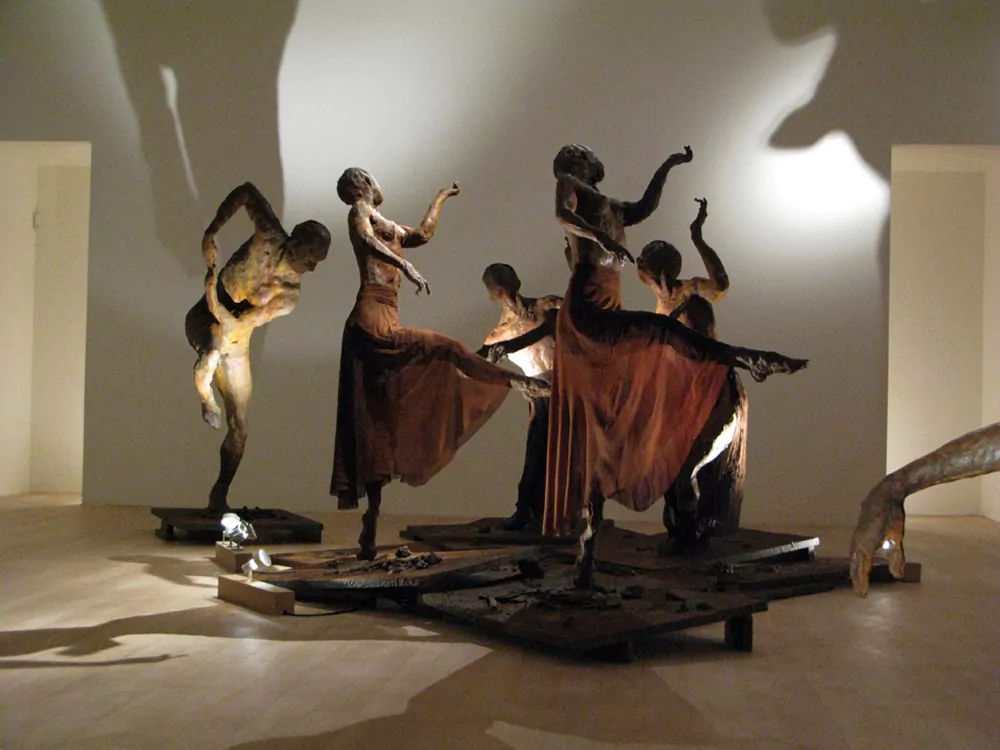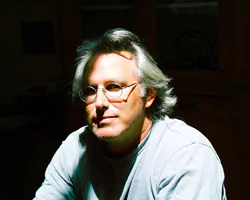
Eric Fischl
Ten Breaths
For his new exhibition at Galerie Daniel Templon, American artist Eric Fischl presents an exceptional series of monumental sculptures, Ten Breaths. First shown in Paris, this series was the subject of a major exhibition at the Kestner Gesellschaft in Hanover in 2008.
Since the early 1980s, Eric Fischl has been painting the decline of the American Way of Life, its taboos and contradictions. His work turned to sculpture in the late 1990s. Seeking to gain a better grasp of the three-dimensionality of the human figure, he began making small-format works in clay. In so doing, he discovered a much greater expressive potential. As he himself explains, “an important part of memory is in the hands, not in the eyes. That’s why I love sculpture. It’s about recorded memory, about all the things I’ve touched.”
The exhibition features three groups of life-size figures and one single figure. The groups are inspired by photographs taken by the artist, notably of a troupe of Brazilian dancers. Characteristic of Fischl’s work on the body, they express the fragility and perpetual inner conflict inherent in the human being, which can also be found in the works of Rodin and Giacometti.
Tumbling woman is the artist’s tribute to the victims of September 11, 2001. It is a variation on the first sculpture, exhibited in 2002 at New York’s Rockefeller Center and withdrawn after public complaints. Some people were shocked by the woman’s posture, which recalls the falls of the World Trade Center victims. For the artist, “if you look at the sculpture itself, it looks like a dream in which a character is floating. Here, there is no weight to represent the momentary crushing and undulation of the body as it hits the ground.”

The artist

Eric Fischl was born in 1948 in New York where he lives and works. He is a figurative neo-expressionist painter and sculptor. Eric Fischl has been using painting since the 1980s to depict the decline of the American Way of Life. His works feature middle-class figures with the underlying contrasts of the ideal and reality, happiness and tragedy. Eric Fischl’s choice of sculpting in clay springs from his desire to get a better grasp on the three-dimensional aspect of the human figure, thus expressing the fragility and inner conflict that is the human lot.
